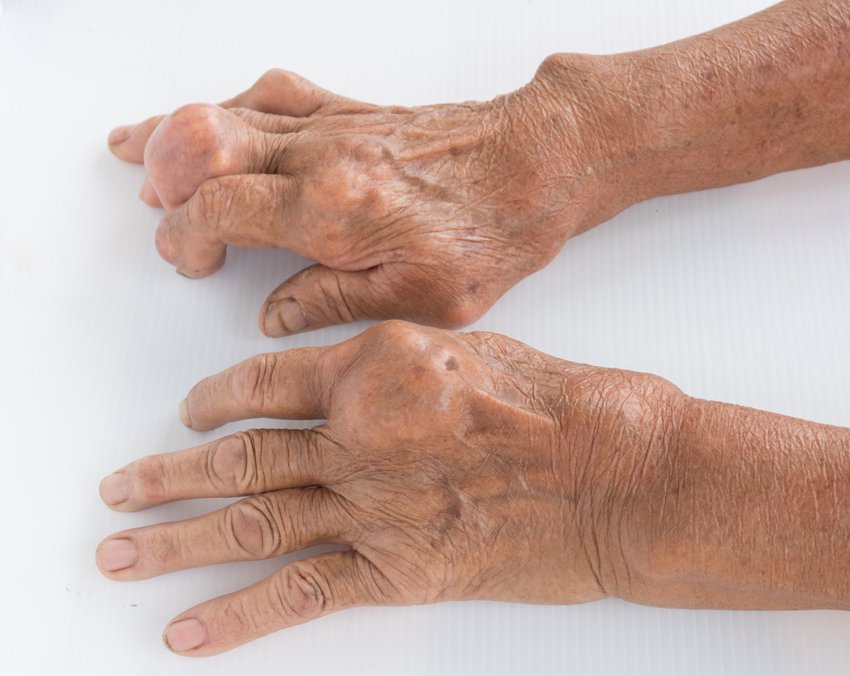Only half of patients with gout adhere to urate-lowering therapy
Click Here to Manage Email Alerts

In a series of face-to-face interviews, just 55% of respondents with gout reported that they adhered to urate-lowering therapy, according to findings published in Arthritis Research & Therapy.
“This 2015 large representative population-based study is likely the first study to look at both the prevalence of self-reported gout and the key predictors of urate-lowering therapy (i.e. allopurinol) use in gout,” Huai Leng Pisaniello, of the Queen Elizabeth Hospital, Woodville South, Australia, told Healio Rheumatology. “Interestingly, in our study, we found that a high BMI was the most important key determinant for treatment continuation. To our surprise, we also found that allopurinol use was less likely in those gout respondents with higher socioeconomic status, although socioeconomic status did not necessarily have an impact on treatment continuity.”
To determine the prevalence of self-reported gout, and, among those with gout, the predictors of adherence to urate-lowering therapy, the researchers evaluated data from the spring 2015 South Australian Health Omnibus Survey, which involved a multilevel, systematic series of face-to-face interviews with 3,005 participants aged 15 years and older. For their own study, Pisaniello and colleagues focused on responses from 2,531 participants aged 25 years and older.

The researchers analyzed answers regarding self-reported gout, the use of urate-lowering methods, sociodemographic and lifestyle factors, and comorbidities. In addition, they performed univariate and subsequent adjusted logistic regression analyses on self-reported gout. After dividing the use of urate-lowering therapy into three categories — never use, prior use and current use — the researchers then evaluated the data using a multinomial logistic regression model.
According to the researchers, 6.8% of respondents had self-reported gout (95% CI, 5.8-7.9). Older age — the mean age of those with self-reported gout was 64 years — male gender, lower socioeconomic status and higher BMI were associated with gout. In addition, high alcohol consumption, current smoking, other forms of arthritis and hypertension or hypercholesterolemia medication were similarly associated with gout after adjusting for sociodemographic variables.
Approximately two-thirds of participants with self-reported gout said they either currently or previously used urate-lowering therapy. In total, 36% reported current use, while 29% said they previously used urate-lowering methods, with only 55% continuing treatment. Male gender, low socioeconomic status and concomitant cholesterol-lowering therapy were predictors of urate-lowering therapy use. In addition, participants with gout who possessed higher BMI were more likely to remain using urate-lowering methods.
“Evidently, gout remains a highly prevalent inflammatory arthritis, despite its well-recognized, effective treatment with urate-lowering therapy,” Pisaniello said. “We recognized the suboptimal rate of urate-lowering therapy continuity. We also identified that having a higher BMI is the most important key predictor of urate-lowering therapy continuity. Our finding could warrant further evaluation, as it is plausible that patients with gout and concurrent high BMI may require bigger dose of allopurinol in order to reach treat-to-urate target.” – by Jason Laday
Disclosure: Pisaniello reports no relevant financial disclosures. Please see the study for all other authors’ relevant financial disclosures.
